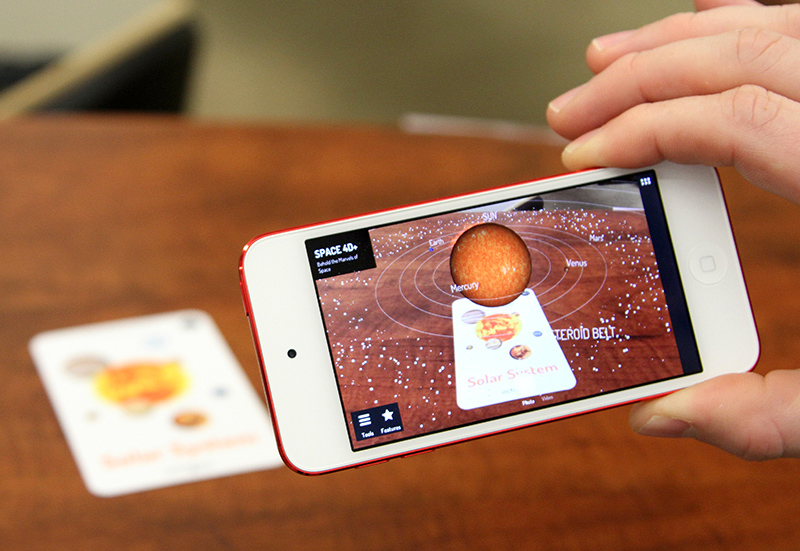
Augmented Reality (AR) uses the existing environment and superimposes other experiences on top of it. Typically these are images, video, or audio clips that are layered over existing images or maps. This is different from virtual reality where the entire landscape around you has been modified into an artificial environment.
One example of augmented reality are the yellow lines that are added to a football field as you are watching a game on TV. Other examples include websites or apps that allow you to modify your face to see what it would look like with makeup or sample various paint colors for rooms in your own house. Sherwin-Williams has a great app that allows you to do this. Google was also an early adopter of AR, building features into their Google glasses that allowed viewers to see overlays of maps, e-mail, etc. as they were looking through the glasses at the real world. Another more recent example is the game Pokemon Go where computer generated images of Pokemon are overlayed onto existing video images.
We are now finding companies who are including AR in educational materials such as books, flash cards, games, puzzles, and even posters and rugs that can be used to decorate a classroom. This is still fairly new technology in the education world but one that has great potential. There are even apps like Layar and Blippar.
Take a look at some basics of using AR (PDF - 278 kb) and then look at our resources for creating your own AR experiences (PDF - 261 KB).